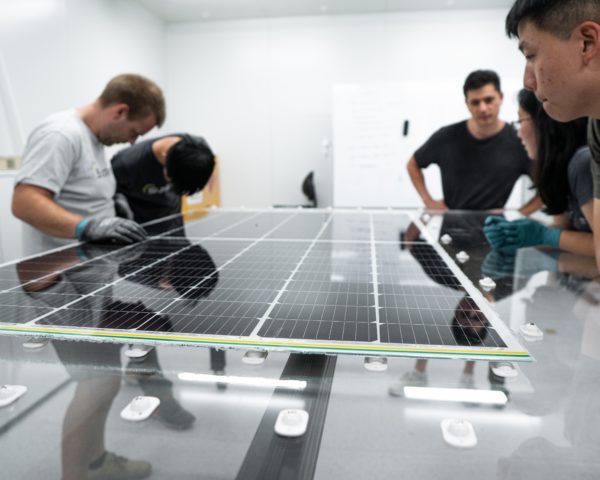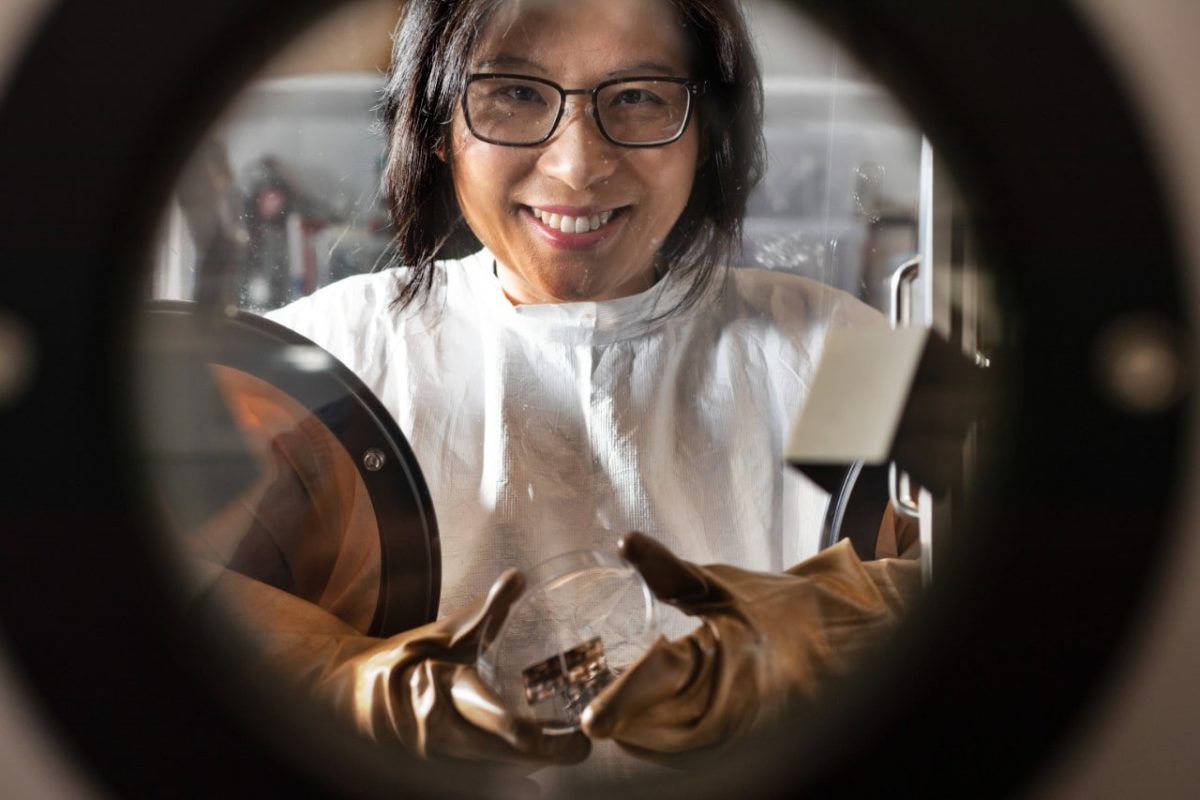The notion of ultra-low-cost solar (ULCS) has been gaining traction since Australian Renewable Energy Agency (ARENA) CEO Darren Miller made it the topic of a plenary session at the 2022 All-Energy conference in Melbourne. Miller positioned UCLS at the heart of the agency’s new strategy, and now ARENA has announced $41.5 million (USD 28.5 million) in funding across 13 research projects to support the research, development and commercialisation of activities working to realise ultra-low-cost solar.
In his plenary address at the Oct. 2022, All-Energy conference, Miller said Australia’s role in global decarbonisation will be to “capitalise on our unfair advantage in renewable energy generation … If we can make ULCS a reality, we can dramatically and cost-effectively reduce emissions in hard-to-abate sectors.“ And, he added, “we can maintain our position as a major producer and exporter of energy products.”
To this end, ARENA’s funding aligns with projects that support its “Solar 30 30 30” target for 30% module efficiency and 30 cents per installed watt at utility scale by 2030.
The funding has been awarded to researchers from the University of New South Wales (UNSW), the University of Sydney (USYD), and the Australian National University (ANU). According to the agency, the sheer strength of applications necessitated a further $1.5 million in funding allocation.
“Australia’s solar researchers have helped to make solar PV the cheapest form of energy in history, but to create a future in which Australian solar energy supplies the world with clean power, fuels and products, we need to be ambitious and drive the cost of solar even lower,” Miller said.
The funding pot has been split into two streams. The first, consisting of $27.5 million, is devoted to innovation in cells and modules. The second, consisting of $14 million, is devoted to balance of system (BOS), operations and maintenance research.
Cells and modules
USYD Professor Anita Ho-Baillie and commercial partner SunDrive are among the recipients of funding after ARENA awarded $2.78 million for a research project that seeks to improve the commercial viability of perovskite-silicon tandem solar cells. Ho Baillie described the technology, which sees perovskite stacked on top of silicon solar cells, as the “future” of solar technology.
“The idea of this stacking is to convert more energy from the sun to electrical power,” said Ho-Baillie. “The efficiency that can be achieved by a perovskite-silicon tandem in a laboratory is now over 30%, while the highest efficiency for a silicon cell on its own is just below 27% in the laboratory and around 23% commercially. There isn’t much room for silicon to improve because its theoretical limit is only 30% – but for perovskite-silicon tandem, it is 40%.”
Sydney-based SunDrive, which has attracted investment from former prime minister Malcolm Turnbull and Mike Cannon-Brookes’ Grok Ventures, is already successful in progressing PV innovation from the lab, through to full-size commercial solar panel fabrication. SunDrive’s co-founder and chief executive, Vincent Allen, described the project as “exciting” and an accelerant to the development of “more progressive solar technologies such as perovskite silicon tandems.”

Image: SunDrive / Twitter
UNSW Professor Bram Hoex from the School of Photovoltaic and Renewable Engineering said the funding allows UNSW and other Australian research universities “to continue to be in the driver’s seat of technology development and commercialisation with an increased focus on utility-scale solar, and so driving down emissions and growing the Australian economy at the same time.”
Staying in the harbour city, ARENA has allocated a raft of funding across several UNSW research projects, including $3.36 million for a project that will develop and commercialise a new approach for reducing silver consumption in industrial solar cells to 5 mg/W using existing flatbed screen-printing technology. The outcome of the project is hoped to reduce silver by a factor of 3, 4.5 and 6 for industrial PERC, TOPCon and SHJ solar cells, respectively.
Other UNSW projects that have received major funding boosts include a project that aims to improve solar cell efficiency by integrating a molecular singlet fission layer, and a project that seeks to combine PERC and TOPCon cells into a new technology called Rear-Junction p-type PERC/TOPCon Hybrid Solar Cells (RJ-PERP).
At ANU in Canberra, a project that will develop next generation solar cells with advanced electrical contacts based on doped polysilicon layers aimed to exceed efficiencies of 26% in mass production has received $2.7 million. And $4.31 million has been allocated to a project seeking to progress monolithic silicon-perovskite tandem (SPT) technology by developing an industrially viable sub-cell which is as efficient, scalable and stable as the perovskite sub-cells used for SPTs. If this project can develop new intellectual property it will be tested on Jinko Solar’s pilot production line with the aim of reaching module production capacity of 100 MW a year.
BOS, O&M
The richest vein of potential savings are expected on the BOS side. After all, the solar panels which were once the most expensive component of a large-scale PV project now represent less than a quarter of the cost. At the All-Energy conference in 2022, Miller said that if he could wish for one thing to enable ULCS it would be “for the world’s best innovators to jump on board with their ideas around how to automate and industrialise the actual construction of solar farms.”
The projects which received funding in “Stream 2,” which focuses on BOS and O&M, include $2.42 million for research that will explore cost, environmental and material limitations to solar reaching the terawatt (TW) scale, and $3.75 million for a project that aims to develop advanced yield and financial modelling methods for utility-scale PV plants.
Further funded projects will see the development of a commercial monitoring system for PV plants, advanced daytime inspection methods, and machine learning algorithms.
For a full list of funding recipients, see here.
This content is protected by copyright and may not be reused. If you want to cooperate with us and would like to reuse some of our content, please contact: editors@pv-magazine.com.









By submitting this form you agree to pv magazine using your data for the purposes of publishing your comment.
Your personal data will only be disclosed or otherwise transmitted to third parties for the purposes of spam filtering or if this is necessary for technical maintenance of the website. Any other transfer to third parties will not take place unless this is justified on the basis of applicable data protection regulations or if pv magazine is legally obliged to do so.
You may revoke this consent at any time with effect for the future, in which case your personal data will be deleted immediately. Otherwise, your data will be deleted if pv magazine has processed your request or the purpose of data storage is fulfilled.
Further information on data privacy can be found in our Data Protection Policy.